
The idea that some apps are “must-haves” or “essentials” for your Android phone is bound to be subjective, especially with millions to consider and choose from.
You might have picked up a brand-new Android smartphone or been lucky enough to receive one as a gift over the holiday period. Getting the most out of your most important everyday companion is one that we are hoping to help you maximize with some of our personal favorites.
Table of contents
Even if you’re new to Android, you might find an essential app to add to your daily arsenal. We’ve tried to keep things simple, but a few are for someone who knows more than the basics and wants some apps that will help them get more from their smartphone. It’s also worth noting that all apps we have collated are free but may include certain in-app purchases to unlock more features or functions – we’ve noted that where applicable.
Seal

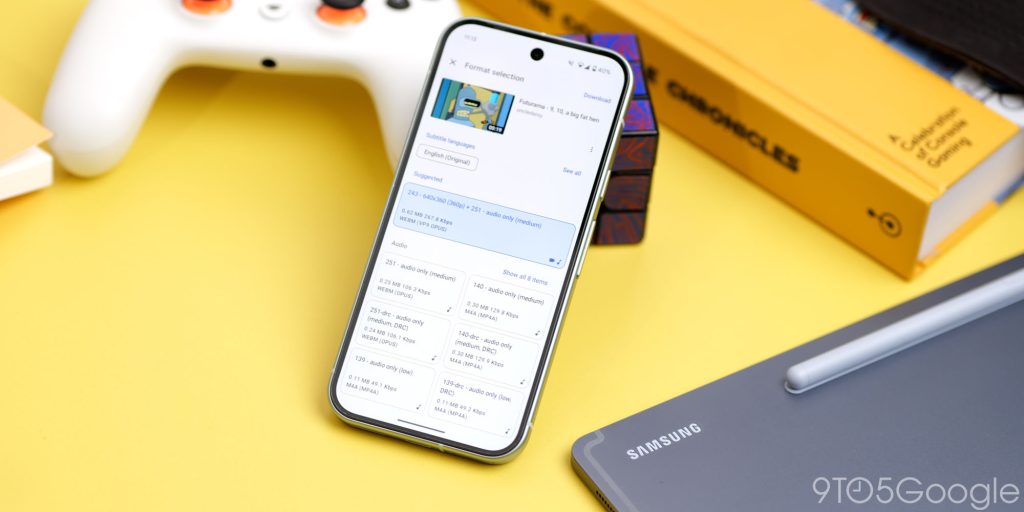

Seal is a sleek, minimalist downloader that’s perfect for anyone who loves sharing content from social media. It effortlessly handles links from platforms like TikTok, YouTube, and Instagram, allowing you to download videos and clips in various formats and qualities. The customizable settings and support for playlists and subtitles make it perfect for grabbing content to watch later; Seal offers a seamless and flexible downloading experience. For meme sharers, it’s truly an essential Android app to add to your phone or tablet.
While using such tools responsibly and within legal boundaries is important, Seal provides a convenient way to enjoy your favorite content offline. Though you’ll need an external video player to view the downloaded files, Seal’s simplicity and efficiency makes it one of the best apps of its kind, period.
To ensure you get the latest version and support the project, consider downloading Seal from the official Github page or F-Droid rather than the Play Store.
Zerocam
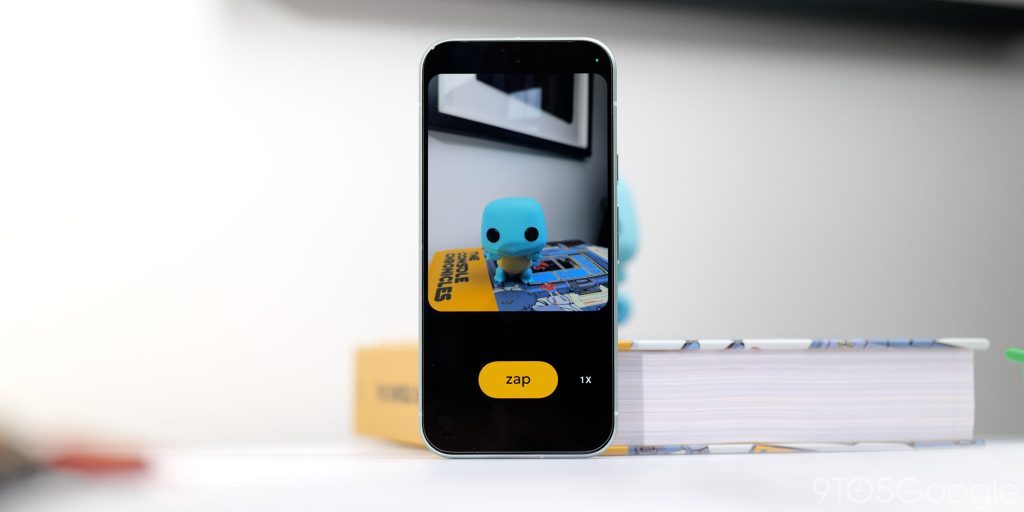
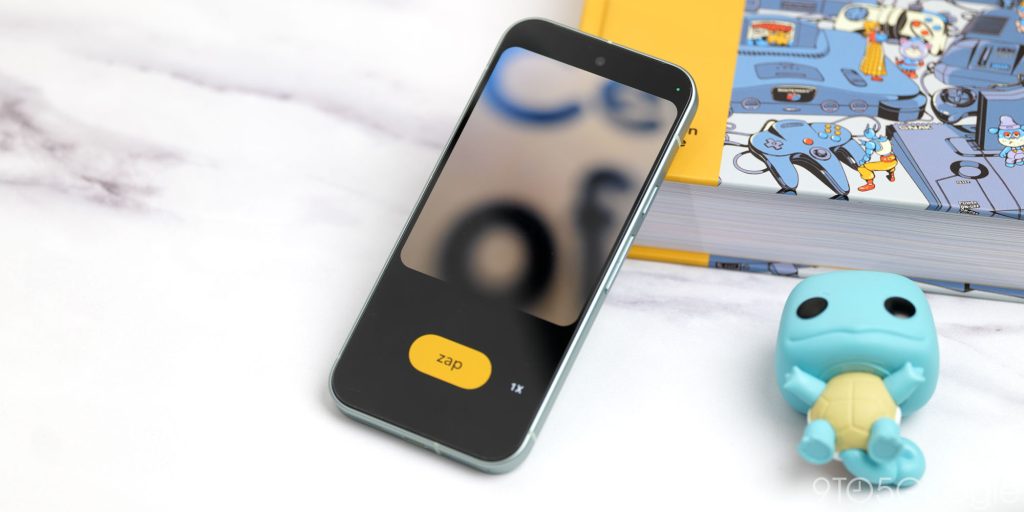
I can’t help but love Zerocam, which has become my favorite app on Android by a large margin. This camera replacement prioritizes zero image processing. Yes, it actively removes any excessive HDR, sharpening, and tonal effects to produce images that don’t look overprocessed.
The app is super simple. In fact, it’s just a viewfinder that will let you change between 1x and 2x and hit the large shutter button. Images are also saved as JPG with no RAW export available. You can try it for free, but it has a 5 photo per day limit. That should be fine for most people if you’re slowing down and taking photos with intent rather than pointing and shooting everything in your vicinity. However, I can completely understand the frustration at the $9.99 yearly subscription.
Unprocess is a free open-source alternative that you can get if you hate the idea of paying for these functions. The APK file is available to sideload, but it has even fewer controls to Zerocam. That said, you can save files as RAW images if you want to put the final touches on your own photos. You can find more information on Unprocess here.
Openvibe

Handling the switch from Twitter to Bluesky, Threads, Nostr, and Mastodon hasn’t been seamless for most people. Openvibe at least collates your new social hubs into one application and even lets you post to any of the four simultaneously for consistency across these networks.
It’s a gorgeous free app that allows you to inhabit multiple social networks simultaneously and is an essential for anyone that uses more than one of these platforms on Android. At the moment, it still isn’t perfect with Threads, but that’ll improve as Meta opens up and allows more third-party apps to access the service. Also notifications are not yet available, but I was told they are coming soon. It could be the best social hub on your mobile.
Twine
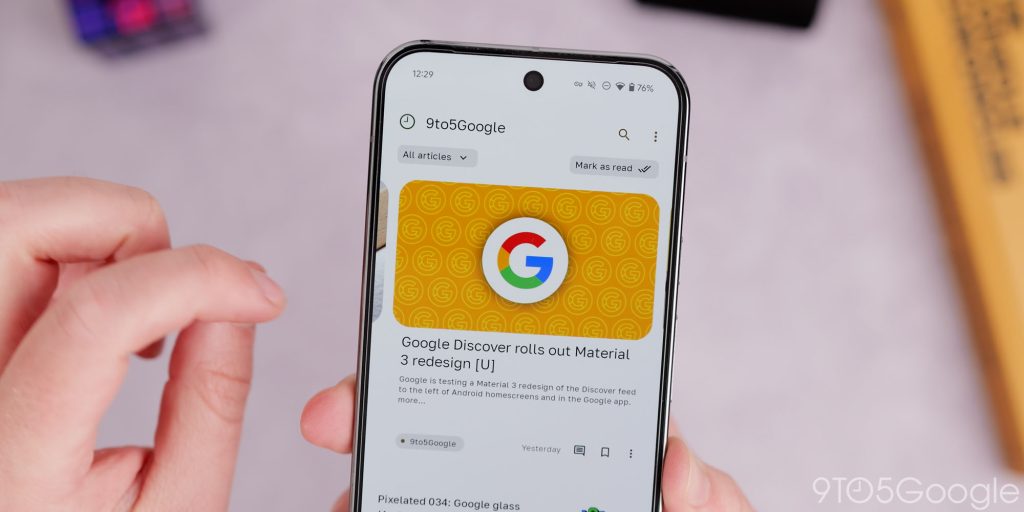
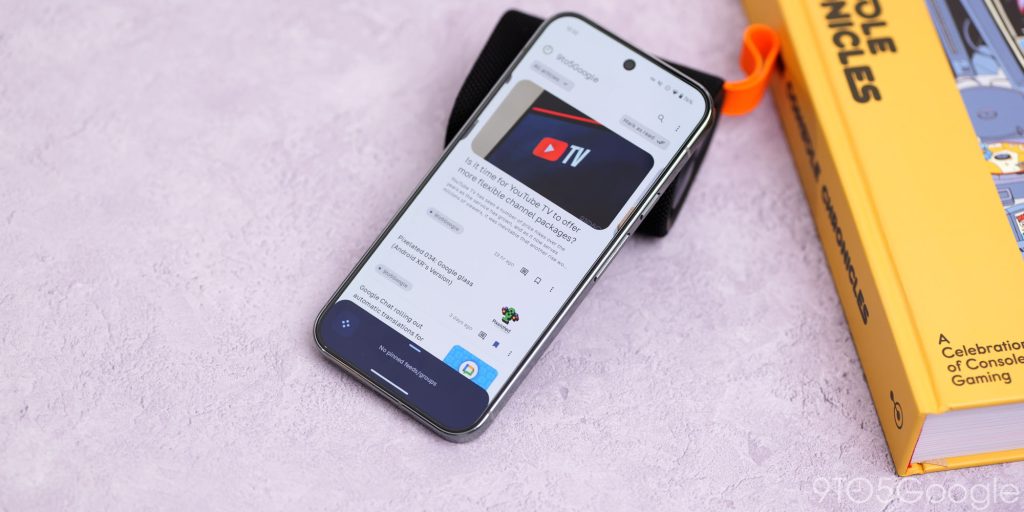
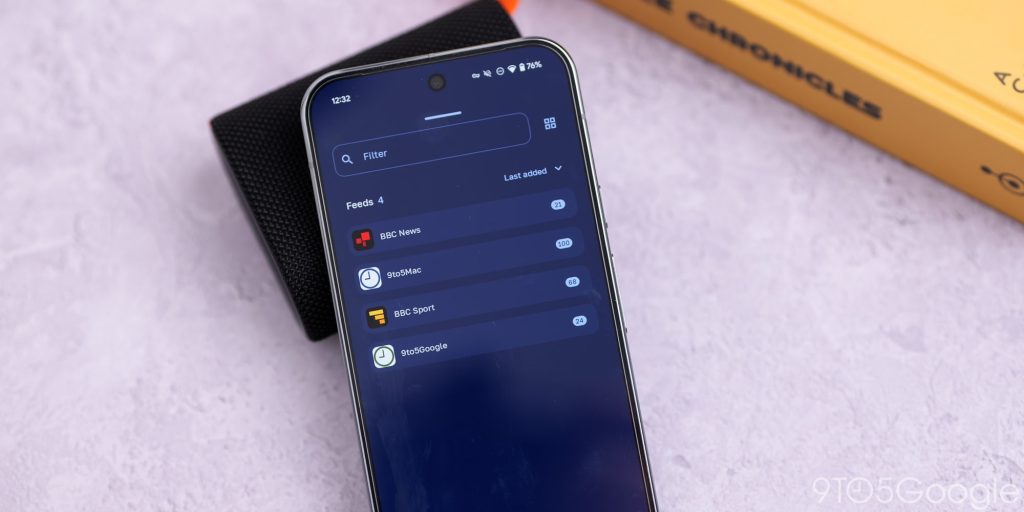
Twine is a gorgeous RSS app that is completely free and a simple way to add your favorite news feeds to one convenient place. If you don’t like the regular Google News feed, you can plug in your preferred news feeds into one place for easy access. You can even use groups if you want for specific tailored feeds.
The animations are exquisite and although I prefer a simple timeline, it could be useful for juggling lots of feeds on your phone or tablet. For those wondering, yes, you can import an OPML file to bring in your existing RSS collections. It’s not reinventing the wheel, merely cleaning up the rims.
AI Screenshot Finder
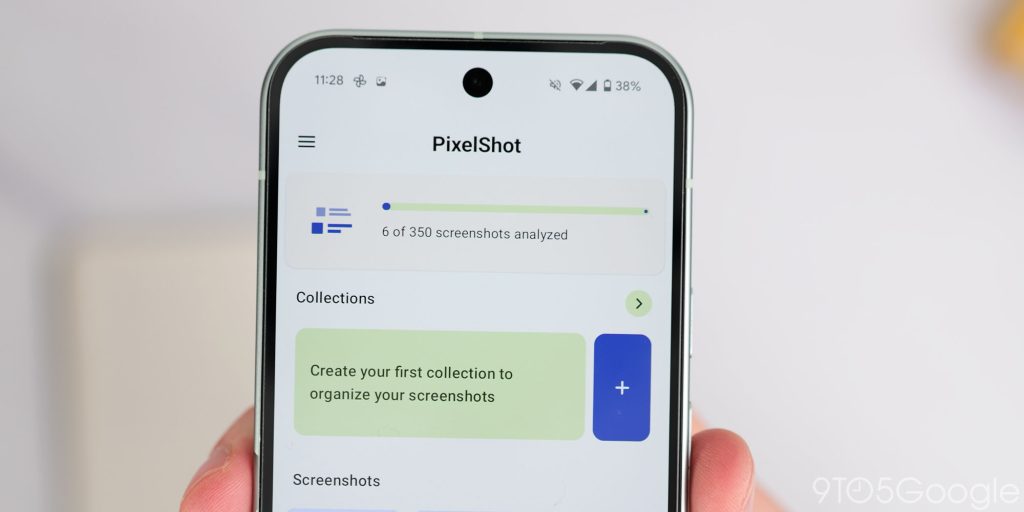

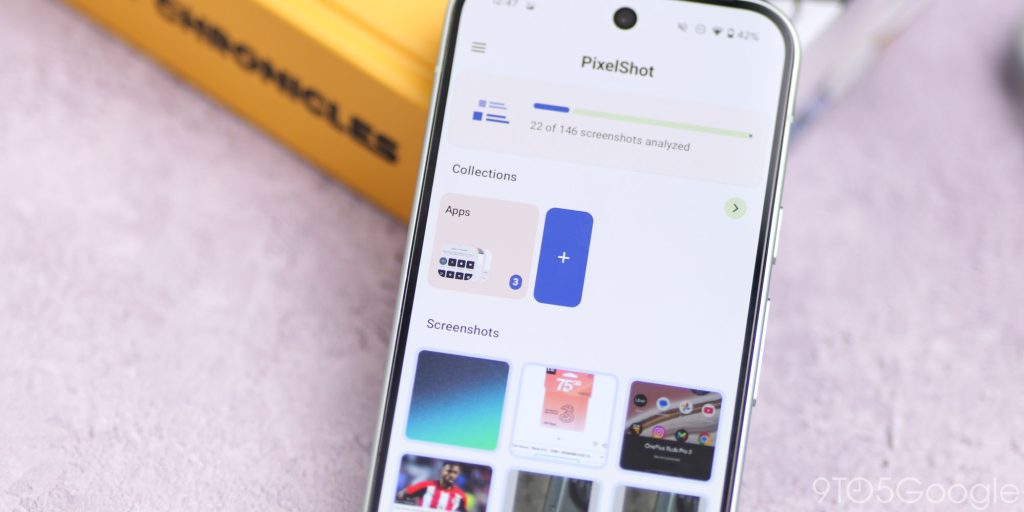
Pixel Screenshots is limited to select Google phones, but AI Screenshot Finder recreates the function for just about anyone with an Android phone. It’s practically a carbon copy with the ability to search your screenshots, add to collections, and do practically everything a Google phone can.
All screenshots are processed locally on your device, but once a text summary is generated, it’s sent to cloud AI systems to be processed further. The team behind the app says this isn’t stored, but I’d proceed with caution either way and avoid screenshotting private information where possible. That concern aside, it’s great for those who want a piece of Pixel Screenshots on their own phone – so long as it’s running Android 11 or higher.
Crate
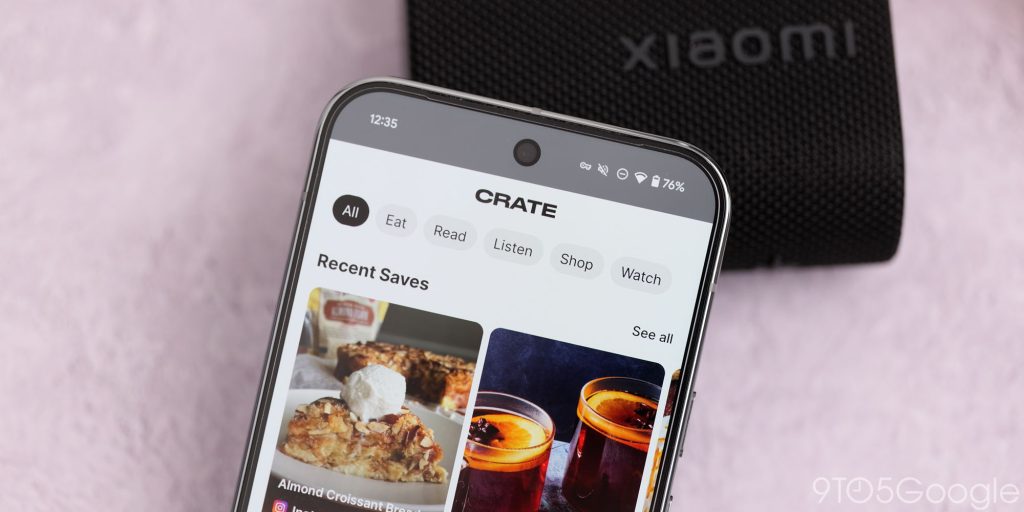
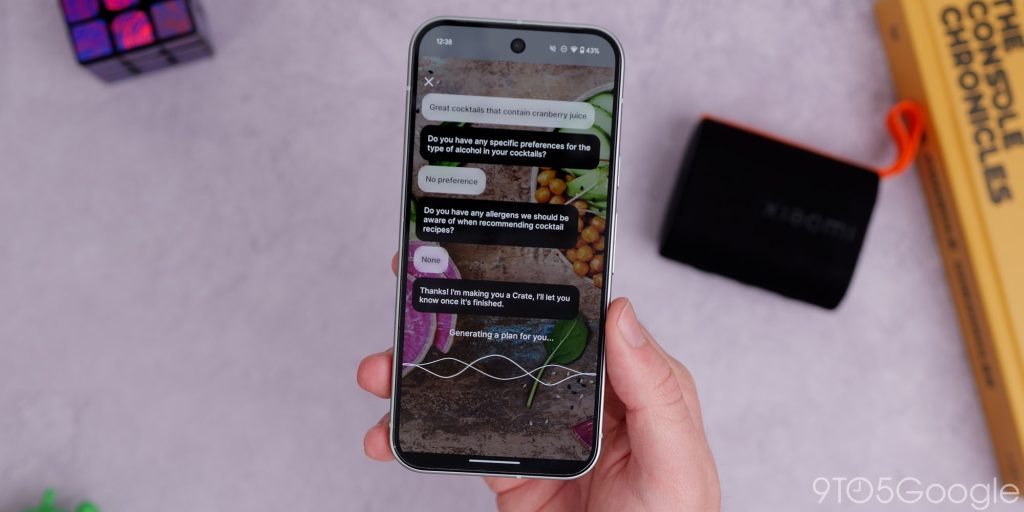
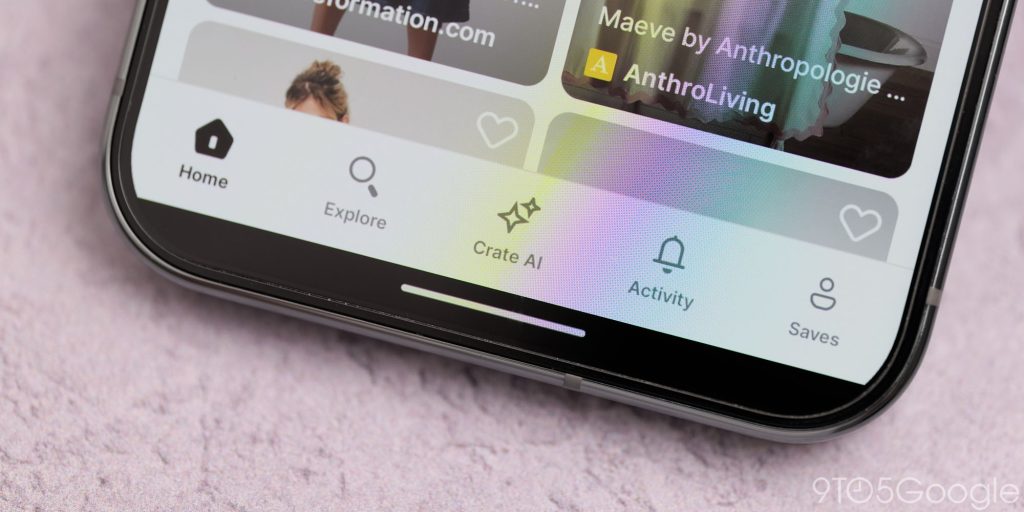

As a once avid Pocket user, collecting and managing links, tidbits, and other stuff I want to check out later is still a nightmare. Apps like Crate are perfect for storing things in a neat place so I can return to a recipe, a video, or a post when I have spare time.
Like practically every app in existence, there is an AI baked in that can help you find save content into “crates” saving even more time searching for relevant stuff. It’s actually better than some other comparable services, but the core experience of saving links into one place with custom sections is very nice. I personally use it for recipe inspiration and to collate YouTube videos I want to watch later – because “Watch later” playlist on YouTube is not as easy to manage.
There is a home feed that lets you see trending content, which is also super helpful at discovering more stuff you love.
Sponge
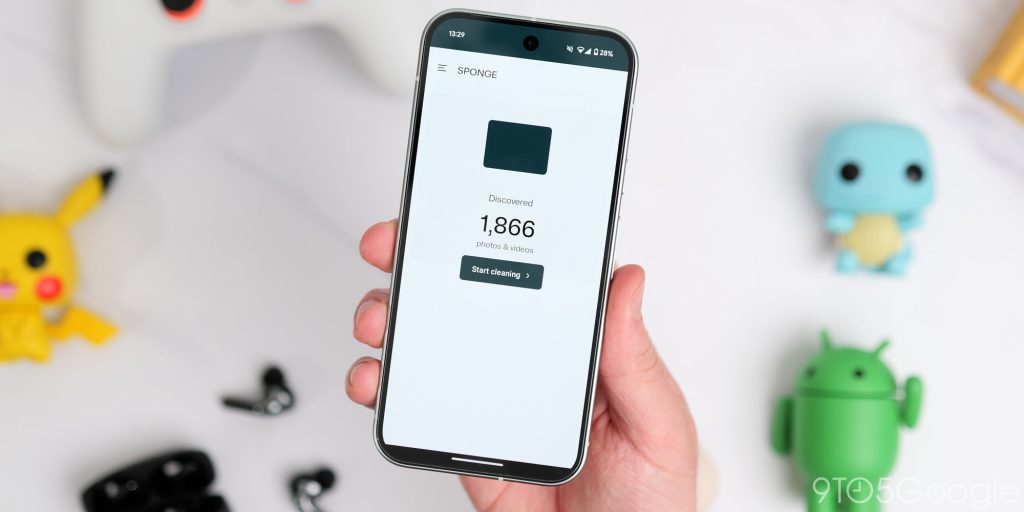
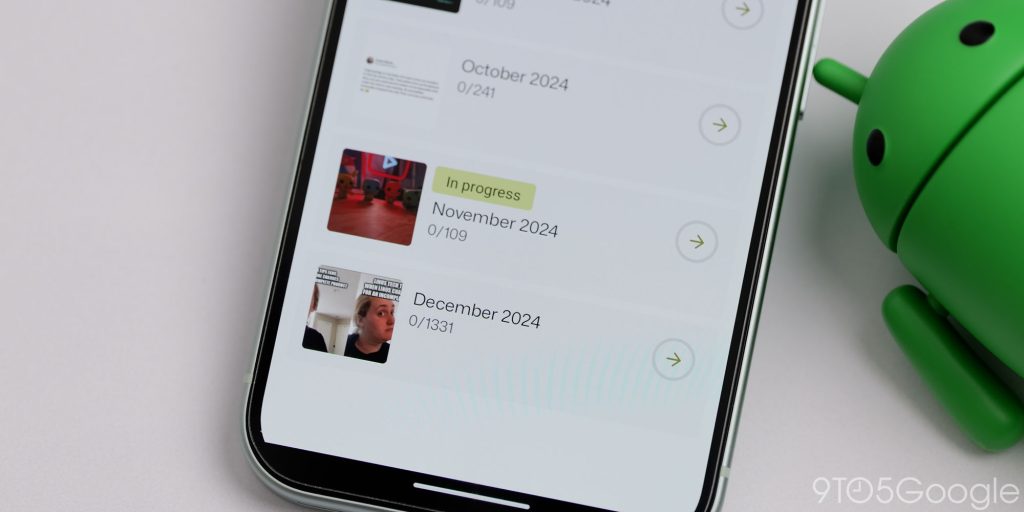
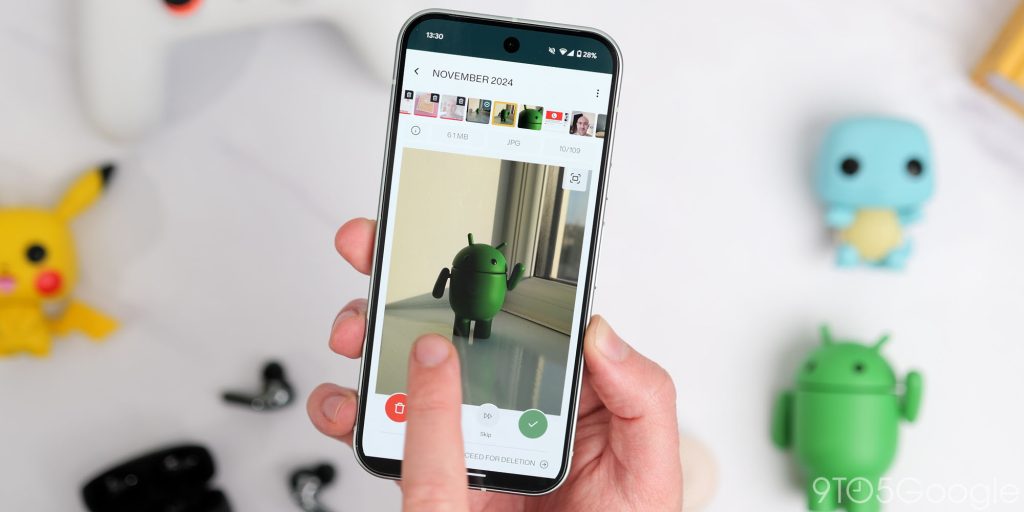
It’s hard enough managing the files on your device at the best of times, but apps like Sponge actually make it fun. I’d like it to Tinder; but for your photos and files. You just swipe left or right to delete or tag content for deletion later.
What makes this better than sifting through the Files app is that content is categorized by the month it was downloaded, taken, or saved on your phone. Just select the month, and you can start swiping to clear up clutter. There is a premium tier, but it’s a one-time $6 payment that adds support for cleaning specific files like videos.
Tooly

I’m not sure how often you need to convert kilometers to miles or work out the area of a circle, but even if it’s rare, Tooly is a lovely toolbox app that has lots of neat tools to make things easier. There are some basic categories, including Text, Image, Calculation, Unit Conversion, Development, Color, Randomization, Generation, and General. In essence, it has lots of essential tools packed into one Android app.
Lots of bases are covered here and it would take far too long to list out everything you can do, but being able to have all of these in your pocket rather than relying on Google Search is super convenient. The conversion tools are great in isolation, as are the text formatting tools. This could be super useful for students in particular, but it’s also great for everyone else.
What are some of your “essential” Android apps?
Do you have any apps that you simply can’t live without? Or do you just have a favorite that you think more people need to know about? Let us know in the comments section below.
FTC: We use income earning auto affiliate links. More.





Comments